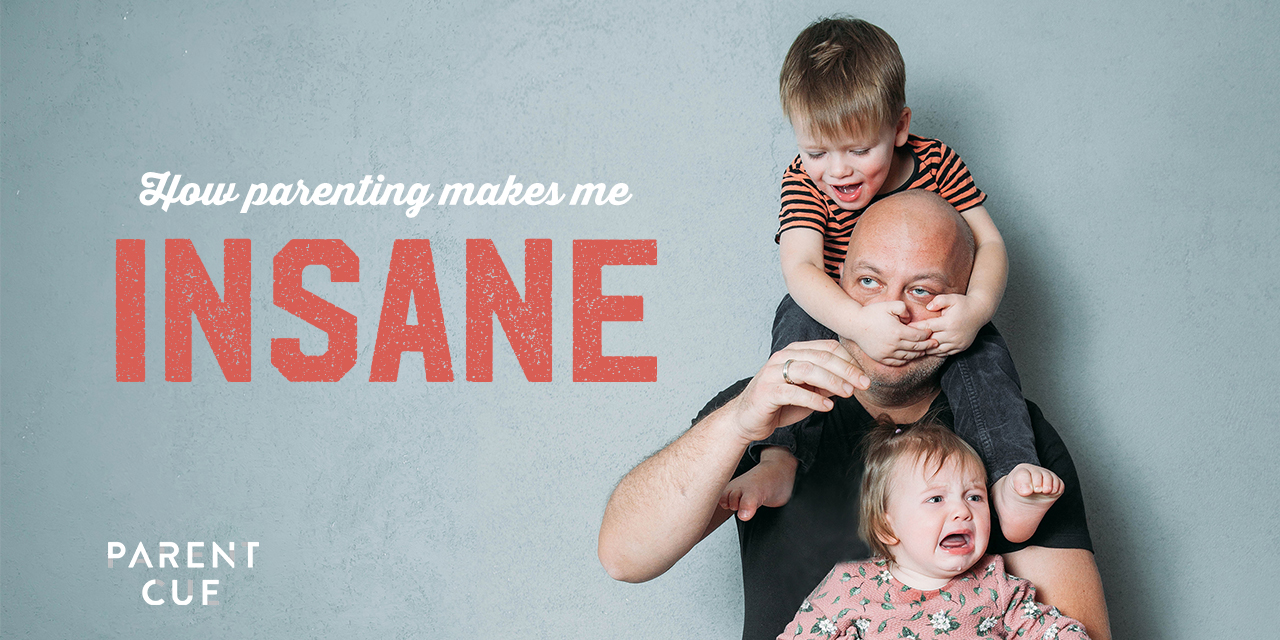
“Someday when you guys are older you will like each other and be best friends.”
They’d been bickering. Again. But did I really just say that? How can I possibly know that? Is that just wishful thinking for my oldest son and my daughter who is two and a half years younger? Am I projecting based on my own experience?
There’s a Psalm in the Bible that talks about how good and pleasant it is for brothers and sisters to dwell together in unity. Most of us would agree, but we have no idea how to get from here to there. Peace and harmony in our homes can be hard to find.
That’s because sibling relationships are a tricky thing. Respected authors Adele Faber and Elaine Mazlish were writing a different book with one chapter on siblings when they realize the chapter on sibling rivalry was big enough to become its own book.
The Secret Sauce (What Makes It Good)
This book, Siblings Without Rivalry: How to help your children live together so you can live too, is written in a narrative style. It’s easy to follow because the authors:
- combine their separate experiences into one voice,
- their personal examples were represented by two sibling boys, and
- many parent groups were consolidated into a sample 8 week session.
Each chapter represents a specific topic and what was discussed when the parent group met. At the end of each, there’s:
- illustrated examples of what we say and what we can say instead,
- a quick reminder bullet point summary,
- questions asked by parents with suggested answers, and
- success stories from parents who tried things from the previous week.
Another unique feature is how the authors encourage us parents to put ourselves in our kids’ place and think about how what we normally say in these situations feels. For example, they point out how we try to logically tell our children that a new baby is coming, but say there is plenty of love for everyone. What if our spouse brought home another wife or husband? How would we react? I felt more empathetic toward my kids’ struggles to get along now and in the past after reading this book.
Why It Matters
Thinking ahead to the future, I want to be able to say like the authors do so beautifully about their own now-grown children, that my three have “built bridges to span the separate islands of their identities. So that if they ever need to reach each other, they have many ways of getting there.” That’s a lot more realistic that saying they will magically someday really like each other and become BFF’s.
Siblings Without Rivalry really encourages parents to step in when needed, but to empower and encourage their kids, so they can step back out as soon as possible. Don’t you agree that this is the best preparation for later life and other situations?
We know that our children need certain skills and much practice to read, do math, play a sport or learn an instrument. Similarly, the authors share that “The family is where we learn our relationship skills. And the way we relate to our children and teach them to relate to each other, even in the heat of battle, can be our permanent gift to them.”
TOP TEN – QUOTES and TIPS TO TRY
Ch. 1- Brothers and Sisters—Past and Present
“We permit children to express all their feelings. We don’t permit them to hurt each other. Our job is to show them how to express their anger without doing damage.”
Ch. 2- Not Till the Bad Feelings Come Out (Can the Good Feelings Come In)
“The best way to help a child climb to a higher rung on the ladder of civilized discourse was to model the behavior we wanted.”
Ch. 3- The Perils of Comparisons
“Children often experience praise of a brother or a sister as a put down of themselves. It’s a good idea to save our enthusiastic comments for the ear of the deserving child.”
Ch. 4- Equal is Less
“By valuing and being partial to each child’s individuality, we make sure that each of our children feels like a number one child.”
Ch. 5- Siblings in Roles
“Let no one lock a child in a role…. Life demands that we assume many roles…. Why limit any of our children? No child should be allowed to corner the market on any areas of human endeavor.”
Ch. 6- When the Kids Fight
“We can play fight, not real fight, only by mutual consent. No one can take pleasure at the expense of another—physically, verbally, or emotionally.”
Ch. 7- Making Peace with the Past
“Imagine a world in which brothers and sisters grow up in homes
where hurting isn’t allowed;
where children are taught to express their anger at each other sanely and safely;
where each child is valued as an individual, not in relation to the others;
where cooperation, rather than competition, is the norm;
where no one is trapped in a role;
where children have daily experience and guidance in resolving their differences.”
Three Suggested Things I’m Going To Try
*Create simple signs and drawings to show our feelings or a family rule we are struggling with and put it in the place where we most need the reminder.
*Ask family members to be ready to give others a clue as to their mood using agreed upon colors as “code” and a way to know better how to respond to each other.
*Plan for one on one time with each of my children to talk about how they are feeling about each of their siblings. Give them a chance to share without judgment.
I’d love to hear what you think about Sibling Relationships. What have you found that works well with your own children? Comment below.




